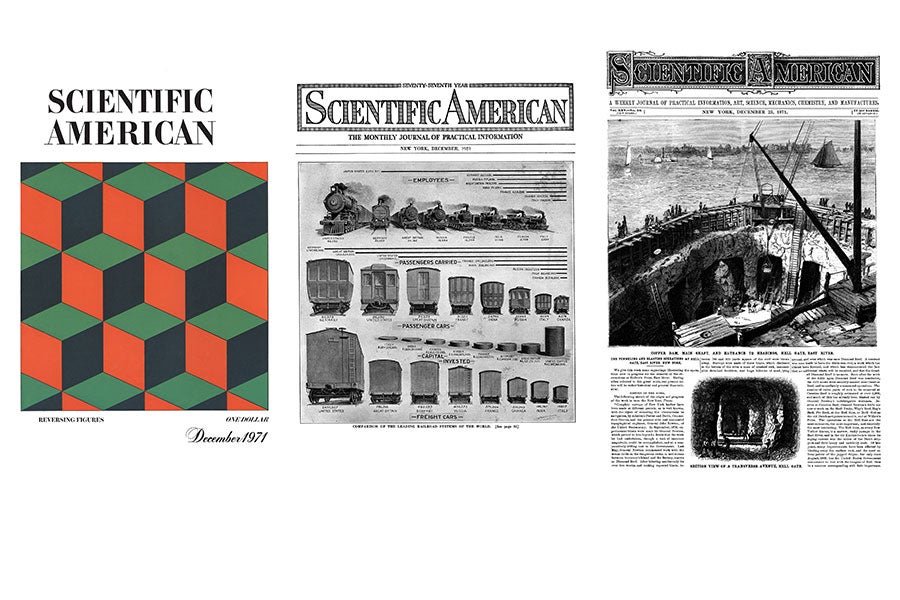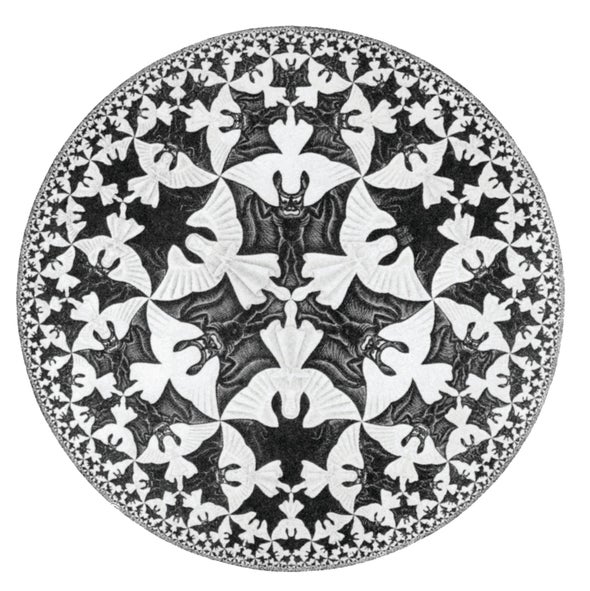1971
How Birds Breathe
“A bird’s respiratory system can deliver enough oxygen for the animal to fly at altitude. How do the birds do it? The bones of birds contain air. This is true not only of the larger bones but also often of the smaller ones and of the skull bones. Birds have two lungs that are connected to the outside by the trachea, but in addition they are connected to several large, thin-walled air sacs that fill much of the chest and the abdominal cavity. The sacs are connected to the air spaces in the bones. In this way it becomes apparent that the blood, as it is about to leave the lungs, can take up oxygen from air that has the highest oxygen concentration available anywhere in the system.”
1921
Needed: Teachers Who Experiment
“What must America do to establish itself as the leader among nations for world trade? The principal essential is a body of trained investigators. Nowadays what most of us are doing depends upon some phenomenon or property of matter unknown a century ago, which has now become a pillar of civilization. We have splendid laboratories. We have a wealth of materials. We have abundant money. But we need more college professors who are not content to give their pupils merely the results of scientists of the past, but who are themselves experimenting to learn new scientific truths, and who encourage their pupils to experiment.—W. R. Whitney, Director, General Electric Research Laboratory”
Smoke, Not Fire
“A new form of fire alarm has been invented in England. It depends upon the presence of smoke and is not affected by temperature changes, which usually are the chief factors in the operation of most fire alarms. The smoke detector consists of a metal cylinder some eight inches long and two inches in diameter, open at each end, so that air can circulate freely, and containing two rectangular metallic capsules, one of which is considerably larger than the other. The smoke on the capsules causes one to bend more than the other, completing an electrical circuit, and a large electric bell or other alarm signal may be operated. The advantage is that its action is more rapid and reliable. In many fires dense smoke would be produced before any material rise in temperature occurred.”
1871
Also Needed: Practical Education
“The custom of learning everything by rote, and reciting like a parrot, has become so embedded in our system of education that it seems almost impossible to find any explosive sufficiently active to blow it up. It is probable that we must look to the West. At the University of Iowa, instead of teaching physics, chemistry, geology and astronomy by oral recitations and unillustrated lectures, they have established laboratories and workshops where practical things can be practically learned. The trustees have resolved to place the elements of physical science at the very beginning of the course. They do not propose to wait until the pupil, by droning over dry facts and abstract principles, has acquired a disgust for every branch of knowledge. They think it wiser to pursue the natural method, and begin when the mind is anxiously inquiring into the cause of things.”
Dehydrated Meat
“At the meeting of the Lyceum of Natural History, Dr. H. Endemann gave an account of a process invented by himself. About 100 pounds of meat are placed in a suitable chimney, and air, heated to 140 degrees Fahrenheit, is drawn by an exhauster through it until it is entirely dry. The meat is subsequently ground into powder, and will keep in ordinary paper packages. It can also be compressed into hard cakes. Four to five ounces of the dry powder represents one pound of meat. Scattered upon bread, its flavor is excellent and preferable to that of raw meat. It has an agreeable aromatic odor. And, as all of the albumen and fibrin are present, all of the nutritious properties of the flesh are retained.”



